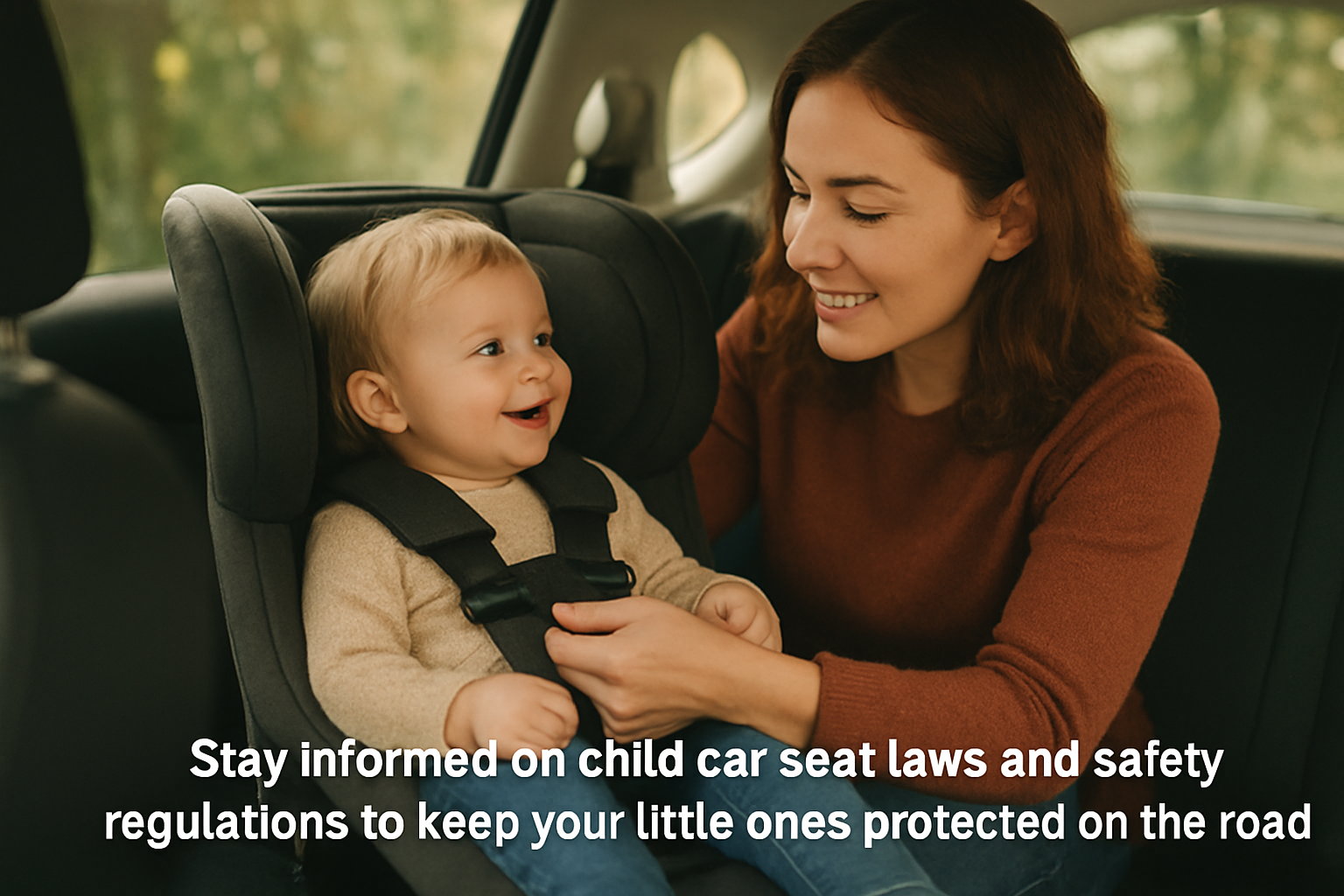Moving to a new country brings a long to-do list: paperwork, housing, language, and keeping your family safe on the road. Expat families face extra challenges when they navigate unfamiliar traffic rules, rent cars at short notice, or rely on taxis and ride-hailing services. This guide breaks down child car seat rules and practical steps that help expat parents protect kids, avoid fines, and travel with confidence in Türkiye.
1. What Turkish law requires and why it matters
Turkish traffic regulations require children to travel in an appropriate child restraint system based on their size. Drivers who carry children without the correct restraint face fines and legal responsibility after a traffic stop or accident. Beyond legal consequences, compliance reduces injury risk and protects your family during everyday drives.
Practical example: When you pick up a rental car at the airport, confirm the vehicle includes anchors for a child seat. If you skip this step, a traffic officer can fine the driver and the child travels less safely.
2. Choose the right seat for age, weight and height
Select a seat that matches your child’s current measurements rather than their age alone. Manufacturers label seats by weight and height. Look for seats that carry an official approval sticker and clear fitting instructions in English or a language you understand.
- Infant rear-facing seats for newborns and small babies
- Convertible rear-to-forward seats as children grow
- High-back and backless boosters for taller children who need the vehicle belt to fit correctly
- ISOFIX-compatible seats for easier, more secure installation
Practical example: If your toddler reaches the weight limit of their rear-facing seat, switch to a forward-facing model with a harness. This change keeps the harness positioned correctly and reduces forward movement in a crash.
3. Install correctly and check regularly
Even a high-quality seat fails if you install it incorrectly. Follow the seat manual and the vehicle’s instructions every time you fit a seat. Tighten the belt or ISOFIX connectors until the seat does not move more than 2.5 cm at the base.
- Check belt routing and locking mechanisms
- Use the top tether when the seat requires it
- Remove bulky clothing from the child before strapping them in
- Inspect the seat for expiry dates and previous crash damage
Practical example: A quick daily check—harness snug across the chest, clip at armpit level, and no slack—reduces the chance of injuries and gives you peace of mind for every school run.
4. Tips for expats: rentals, taxis and secondhand seats
Expats trade flexibility for unfamiliar systems. Plan ahead and use these tactics to keep children safe whether you rent a car, hire a taxi, or borrow from friends.
- Bring your own seat on a long-term move. Familiar seats save time and ensure correct fit.
- Request car seats when you book rentals. Confirm the model and compatibility in writing.
- Keep a compact, certified travel seat in your trunk for sudden taxi or shuttle rides.
- Avoid secondhand seats that show crash damage, missing labels, or expired stickers.
Practical example: You arrive with a toddler and two checked suitcases. You book a rental online that lists ISOFIX anchors and a child seat option. At pickup, the agent confirms the seat and shows you how to click it into place. That small step prevents a stressful search for a seat after dark.
5. Travel across borders and daily benefits of compliance
If you plan cross-border trips, verify car seat rules for each country you enter. EU countries often share similar standards, but local enforcement and specific height or age thresholds can differ. Carry the seat manual and proof of approval to answer questions at border checks.
Following regulations delivers clear advantages:
- Protects your child by reducing injury risk in collisions
- Saves you from fines and potential legal complications
- Makes insurance claims clearer after an incident
- Gives emotional comfort and routine for children who travel often
Practical example: On a family weekend trip to a neighboring country, you keep your certified booster in the car. Border guards ask where the children sit; you show the manual and move on quickly. You enjoy the journey without extra hassle.
Final checklist for expat parents:
- Measure your child and match the seat to weight/height limits
- Choose seats with visible approval labels and clear instructions
- Practice installation before you leave the rental desk or airport
- Carry documentation and a basic tool kit for adjustments
You will face fewer surprises if you plan car safety like any other relocation detail. Invest time in choosing and installing the right child car seat, and you protect your children while you build a secure life abroad.

